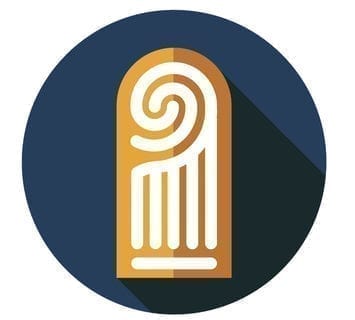A team of researchers at SUNY Buffalo has developed a new 3D finger vein authentication technique that could be more difficult to spoof than the current 2D alternatives. The solution utilizes photoacoustic tomography, and was 99 percent accurate in a test with 36 volunteers, who each allowed the researchers to image four left and four right hand fingers.

The photoacoustic tomography system uses a combination of light and sound imaging to map 3D vein patterns. To do so, it first illuminates the target finger with a laser, then uses an ultrasound detector to gauge the depth when that laser hits a vein. After that, the system uses the information to construct the 3D image.
The researchers are now working to improve their algorithm’s matching speed, and to reduce the form factor of the technology to make it easier to deploy. They believe that it could eventually be integrated into smartphones to enable passwordless authentication, noting that many smartphones already include ultrasonic imaging technology.
“We envision this technique being used in critical facilities, such as banks and military bases, that require a high level of security,” said team member Giovanni Milione. “With further miniaturization, 3D vein authentication could also be used in personal electronics or be combined with 2D fingerprints for two-factor authentication.”
To build the current version of the 3D imager, the researchers created a new light and acoustic beam combiner, and a new imaging window comparable to a traditional fingerprint scanner. They argue that the setup would be virtually impossible to spoof.
“The 3D finger vein authentication method we developed enables levels of specificity and anti-spoofing that were not possible before,” said team leader Jun Xia. “Since no two people have exactly the same 3D vein pattern, faking a vein biometric authentication would require creating an exact 3D replica of a person’s finger veins, which is basically not possible.”
Hitachi is currently one of the most prominent providers of finger vein authentication technology. The company’s VeinID solution has been deployed in the Barclays Biometric Reader, and it is also powering FingoPay’s finger-based naked payments system.
Source: Photonics Media
–
October 1, 2020 – by Eric Weiss








Follow Us